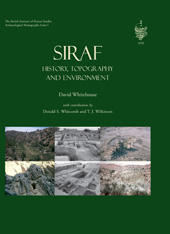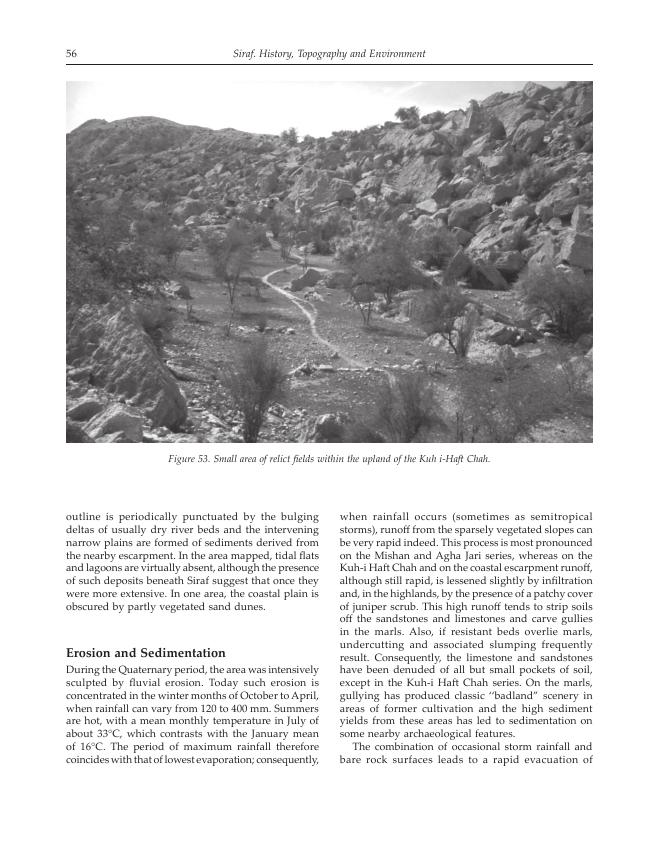Siraf : History, Topography and Environment
128 p.
Between 1966 and 1973, the British Institute of Persian Studies conducted seven seasons of excavation and survey at Siraf, which was a major city on the Iranian shore of the Persian Gulf that played a leading role in the network of maritime trade that supplied Western Asia with the products of India, the Far East and Eastern Africa between A.D. 800 and 1050. This volume synthesises the written evidence of the history of Siraf, and outlines what we know about the character of the city, the ways in which its inhabitants exploited the hinterland and its role in the maritime trade of the Indian Ocean. This volume introduces the excavations carried out at the site and the range of finds that were recovered (Chapter 1), the written evidence that relates to Siraf (Chapter 2), the cities' urban topography (Chapter 3), its hinterland (Chapter 4), the nature of settlement in the neighbouring high valleys (Chapter 5) and Siraf's place in the wider historical and geographical contexts (Chapter 6). The volume also include
s digital versions of the original maps of the site produced in the 1970s. This is the first volume in a new series that has been established by the British Institute of Persian Studies (BIPS) in conjunction with Oxbow Books, which will publish archaeological research in Iran that has been sponsored by BIPS. [Publisher's text].
Special access authorizations may apply; please contact us for further information.
-
Informazioni



